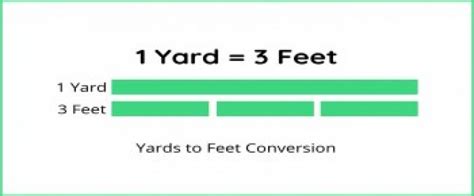When describing physical states in the past, Spanish speakers often find themselves torn between two tenses: the preterite and the imperfect. While both tenses can be used to describe past actions or states, they convey different meanings and are used in distinct contexts. In this article, we will delve into the nuances of using the preterite and imperfect tenses to describe physical states, providing a comprehensive understanding of their applications and differences.
Preterite Tense: Completed Actions

The preterite tense, also known as the simple past, is used to describe completed actions or states that occurred at a specific point in the past. When describing physical states, the preterite tense is often used to convey a change of state or a temporary condition. For example, estuve enfermo (I was sick) implies that the speaker was sick for a limited period and then recovered. The preterite tense is typically used with verbs that describe a change of state, such as enfermarse (to become sick), curarse (to recover), or desmayarse (to faint).
Preterite Tense Examples
Here are some examples of using the preterite tense to describe physical states:
| Verb | English Translation |
|---|---|
| Me corté la mano | I cut my hand |
| Me resfrié | I caught a cold |
| Me desmayé | I fainted |

As shown in these examples, the preterite tense is used to describe a completed action or a change of state that occurred at a specific point in the past.
Imperfect Tense: Ongoing or Habitual Actions

The imperfect tense, on the other hand, is used to describe ongoing or habitual actions that occurred in the past. When describing physical states, the imperfect tense is often used to convey a ongoing or continuous condition. For example, estaba enfermo (I was sick) implies that the speaker was sick for an extended period, and the condition was ongoing. The imperfect tense is typically used with verbs that describe a continuous or habitual state, such as estar enfermo (to be sick), tener dolor de cabeza (to have a headache), or padecer de asma (to suffer from asthma).
Imperfect Tense Examples
Here are some examples of using the imperfect tense to describe physical states:
| Verb | English Translation |
|---|---|
| Estaba cansado | I was tired |
| Tenía hambre | I was hungry |
| Padecía de insomnio | I suffered from insomnia |
As shown in these examples, the imperfect tense is used to describe an ongoing or continuous condition that occurred in the past.
Key Points
- The preterite tense is used to describe completed actions or changes of state, such as estuve enfermo (I was sick).
- The imperfect tense is used to describe ongoing or continuous conditions, such as estaba enfermo (I was sick).
- Verbs that describe a change of state, such as enfermarse or curarse, are typically used with the preterite tense.
- Verbs that describe a continuous or habitual state, such as estar enfermo or padecer de asma, are typically used with the imperfect tense.
- Understanding the difference between the preterite and imperfect tenses is crucial for effective communication in Spanish.
Comparison and Contrast
While both the preterite and imperfect tenses can be used to describe physical states, they convey different meanings and are used in distinct contexts. The preterite tense is used to describe completed actions or changes of state, whereas the imperfect tense is used to describe ongoing or continuous conditions. For example:
Estuve enfermo (I was sick) vs. estaba enfermo (I was sick). The first sentence implies that the speaker was sick for a limited period and then recovered, whereas the second sentence implies that the speaker was sick for an extended period and the condition was ongoing.
Contextual Considerations
When deciding which tense to use, it’s essential to consider the context and the intended meaning. For example, if you want to describe a change of state, such as getting sick or recovering, the preterite tense is typically used. On the other hand, if you want to describe an ongoing or continuous condition, such as being sick or suffering from a chronic illness, the imperfect tense is typically used.
Conclusion and Future Directions
In conclusion, understanding the difference between the preterite and imperfect tenses is essential for effective communication in Spanish, particularly when describing physical states. By recognizing the distinct meanings and contexts of these tenses, you’ll be able to convey your intended meaning with precision and accuracy. As you continue to develop your Spanish language skills, keep in mind the importance of contextual considerations and the nuances of verb conjugation.
What is the main difference between the preterite and imperfect tenses?
+The main difference between the preterite and imperfect tenses is that the preterite tense is used to describe completed actions or changes of state, whereas the imperfect tense is used to describe ongoing or continuous conditions.
How do I know which tense to use when describing physical states?
+To determine which tense to use, consider the context and the intended meaning. If you want to describe a change of state, use the preterite tense. If you want to describe an ongoing or continuous condition, use the imperfect tense.
Can I use both tenses in the same sentence?
+Yes, you can use both tenses in the same sentence, but make sure to use them correctly and in the right context. For example: Estuve enfermo (I was sick) pero luego me recuperé (but then I recovered).



